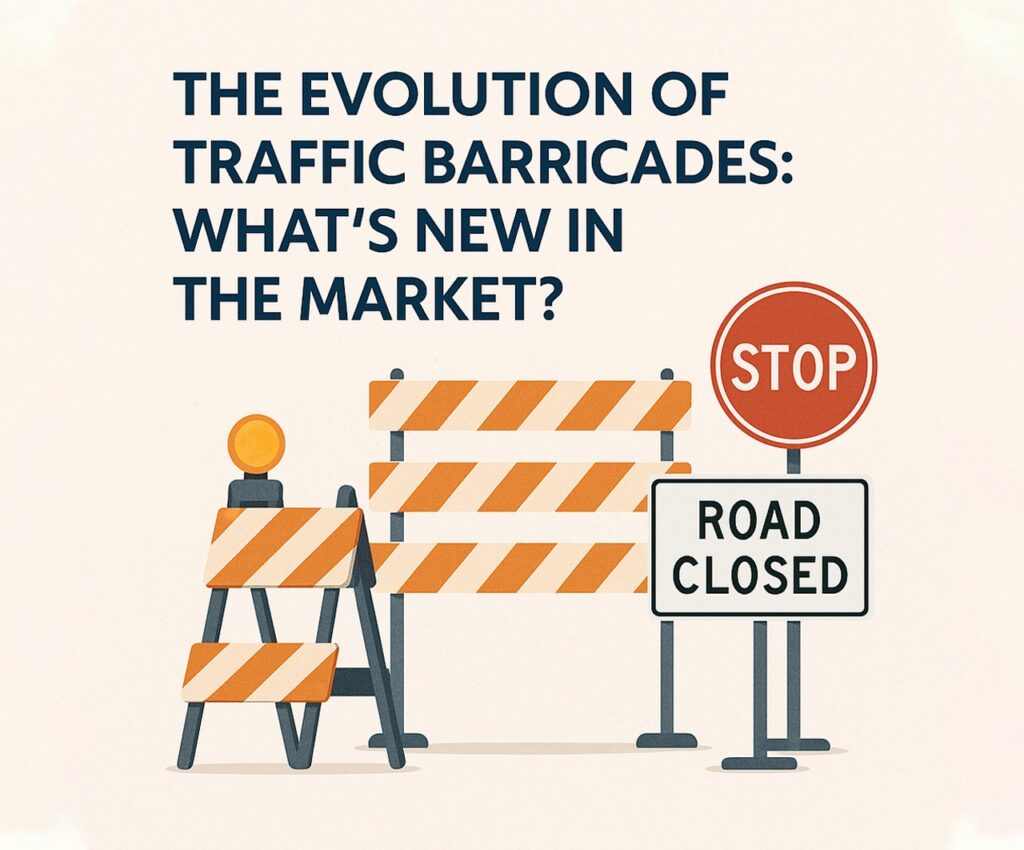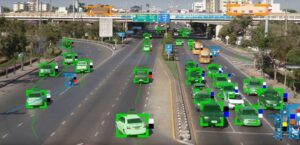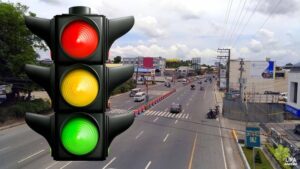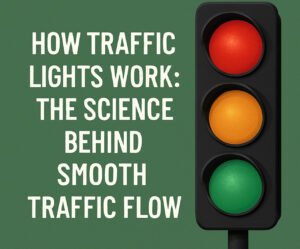Traffic control has come a long way from sandbags and wooden planks. The evolution of traffic barricades reflects how innovation is now the name of the game in today’s fast-paced, safety-first world. From durable water-filled traffic barricades to lightweight plastic traffic barricades and cost-effective used traffic barricades for sale, cities and construction companies now have a wide range of tools to manage traffic effectively. Understanding how these barricades have evolved and what’s new on the market is critical for safety professionals, contractors, and urban planners alike. Know more..
From Wood and Metal to Plastic and Water
Early traffic barricades were often made from heavy wood or rust-prone metal. They did the job, but not without their flaws—weight, deterioration, and safety risks. Fast forward to today, and the scene looks entirely different.
Plastic traffic barricades emerged as a game-changer. They’re lighter, easier to deploy, and resistant to weather damage. Even better, many are designed to interlock or stack, reducing storage headaches.
Then came the rise of water filled traffic barricades, which combine portability with stability. You can move them when empty, fill them on-site for ballast, and drain them again when the job is done. Plus, they’re safer for drivers in accidents compared to solid concrete blocks.
For cities and contractors on a budget, used traffic barricades for sale offer a smart way to stretch funds without compromising quality.
The Science Behind Modern Barricade Design
Modern barricades are no longer just about blocking traffic—they’re about controlling flow, minimizing impact in collisions, and improving visibility. Engineers consider impact resistance, color psychology, modularity, and even wind flow when designing barricades.
- Color coding: Bright orange and white stripes remain standard because they signal caution instantly.
- Reflectivity: Most plastic traffic barricades now include reflective strips or LED lighting for better night-time visibility.
- Impact-absorbing design: Water filled traffic barricades are often used near active lanes because they reduce injury during crashes.
All of this makes for safer, smarter barriers that protect both workers and drivers.
Types of Barricades on the Market
1. Water Filled Barricades
These are ideal for long-term construction zones or high-speed roadways. Fill them with water on-site to keep them grounded and stable.
- Made from high-density polyethylene
- Stackable and easy to transport
- Bright colors and reflective panels standard
Water filled traffic barricades are especially useful in areas prone to strong winds or in zones where quick setup is essential.
2. Plastic Traffic Barricades
Lightweight and durable, these are great for short-term events or low-speed traffic zones.
- Easier to reposition and deploy
- Weather-resistant and long-lasting
- Can be anchored or weighed down if needed
Choose plastic traffic barricades when you need speed, simplicity, and visibility without extra weight.
3. Used Barricades
Cost-conscious buyers should always keep an eye out for used traffic barricades for sale. Many of these still meet safety standards and offer excellent durability.
- Lower cost with minor cosmetic wear
- Often available in bulk
- Great for municipal fleets or growing construction businesses
Check for cracks, faded reflectors, or missing components before buying.
Market Trends: What’s New in Barricade Tech?
Innovation in traffic barricades isn’t slowing down. Here’s what’s trending:
Smart Integration
Some plastic traffic barricades are now being outfitted with IoT sensors to report on traffic flow, barricade displacement, or potential tampering.
LED-Enhanced Models
Many water filled traffic barricades now include solar-powered LEDs for visibility at night or in low-light weather conditions. This boosts safety without increasing energy costs.
Eco-Friendly Materials
Recyclable plastics and biodegradable components are on the rise, offering sustainable options without sacrificing performance.
Modular Systems
Manufacturers are designing barricades to interlock in multiple ways, allowing for more flexible, site-specific configurations. These systems can be easily expanded, reshaped, or moved.
Best Practices for Installation and Maintenance
Proper setup is critical. Here’s what professionals should know:
- Placement: Always position plastic traffic barricades so they create a clear, visible path. Avoid obstructing walkways or emergency lanes.
- Stability: For water filled traffic barricades, fill to recommended capacity. Underfilling reduces effectiveness.
- Inspection: Check all units weekly for damage or wear, especially if you’re using used traffic barricades for sale.
- Cleanliness: Dirty barricades reduce visibility and can cause confusion. Regular washing is simple but crucial.
Safety and Compliance
All barricades should meet federal and local regulations. Look for products certified by the MUTCD (Manual on Uniform Traffic Control Devices) or equivalent local authorities.
- Reflectivity compliance
- Crash test certification
- Color and height standards
Whether you’re investing in brand-new gear or browsing used traffic barricades for sale, compliance isn’t optional.
Cost Breakdown and ROI
- Water filled traffic barricades: Higher upfront cost, but excellent for long-term and high-risk areas.
- Plastic traffic barricades: Mid-range in price, highly versatile.
- Used traffic barricades for sale: Lowest cost, but always inspect before buying.
Investing in high-quality barricades reduces liability, improves efficiency, and enhances public safety—all major returns for cities and contractors alike.
Use Cases by Industry
Construction
These zones demand durability and flexibility. Water filled traffic barricades offer protection near live lanes, while plastic traffic barricades help create pedestrian walkways.
Events
Concerts, parades, and festivals rely heavily on plastic traffic barricades for guiding crowds and vehicles.
Municipalities
Cities often stockpile used traffic barricades for sale to deploy during emergencies or repairs.
Final Thoughts
The humble barricade isn’t so humble anymore. From water filled traffic barricades that reduce crash impact to lightweight plastic traffic barricades perfect for pop-up events, today’s options are smarter, safer, and more efficient than ever. And for those working within budget constraints, exploring used traffic barricades for sale opens up opportunities to protect the public without draining city funds.
The evolution of traffic barricades reflects a larger trend toward smarter infrastructure. Whether you’re managing a road crew, running a city, or planning a large event, the barricades you choose matter. Pick the right ones, maintain them well, and stay updated on innovations. Safety depends on it.





